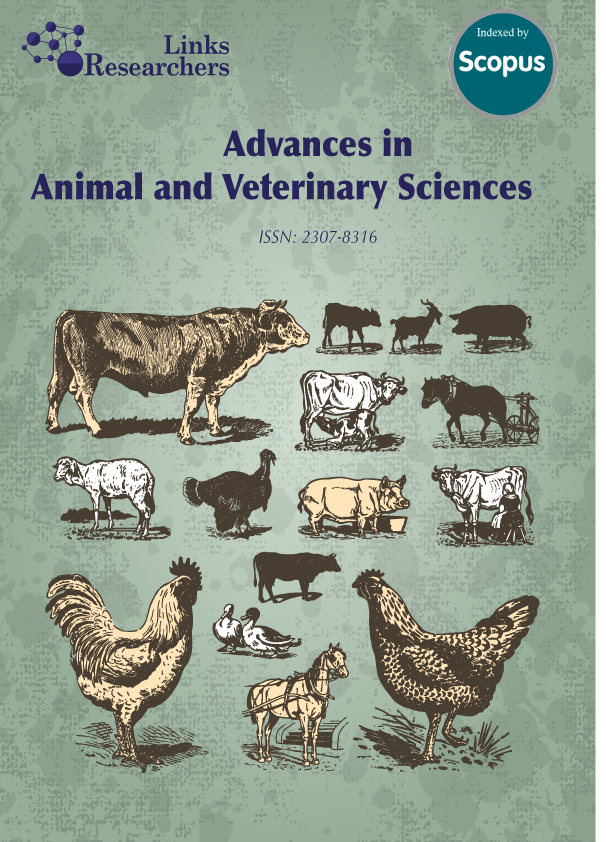Strategies are required to overcome the challenges of distribution and market competition for beef cattle, enhancing the supply chain efficiency and competitiveness of Gorontalo’s beef cattle in the Nusantara Capital City (IKN) market. This study aims to formulate strategies for optimizing the beef cattle commodity market chain in Gorontalo Province to meet the logistical needs of the IKN in East Kalimantan. It employed a descriptive quantitative approach. The study locations include Gorontalo Province, as well as Balikpapan City and Penajam Paser Utara Regency in East Kalimantan. A total of 26 respondents were selected as the observational sample, consisting of key players in the beef cattle supply chain from production to distribution, namely cattle farmers, cattle traders, meat retailers, and local policymakers. Respondent selection based on levels of interest, knowledge, understanding, and experience related to beef cattle cultivation and market chains.. Data collection methods included questionnaires, observation, and in-depth interviews with stakeholders on the Strengths, Weaknesses, Opportunities, and Threats in the development of Gorontalo’s beef cattle sector. Data analysis was performed using SWOT (Strengths, Weaknesses, Opportunities, Threats) analysis to identify strategies for optimizing the beef market chain. The results indicated that the main problem for beef distribution from Gorontalo to East Kalimantan was the lack of supporting infrastructure, such as livestock health testing laboratories and transportation for cattle. The difference between beef production and consumption in Gorontalo is 1,054.4 tons. This difference can be used as a local consumption reserve and some can be sent to the IKN (New Capital City). The most effective and sustainable strategy for optimizing the beef supply chain in Gorontalo was a turnaround strategy, which included financing and investment programs for the market chain, infrastructure development, technology extension and training for farmers to improve livestock productivity, and partnerships with feed and seed suppliers. Practical contributions to the market chain optimization strategy include the provision of laboratory facilities to expedite the identification of zoonotic diseases, the addition of sea vessels for transporting cattle to the IKN, and the improvement of beef cattle productivity in Gorontalo.
Keywords | Beef cattle, Strategy, Market chain, Logistics






